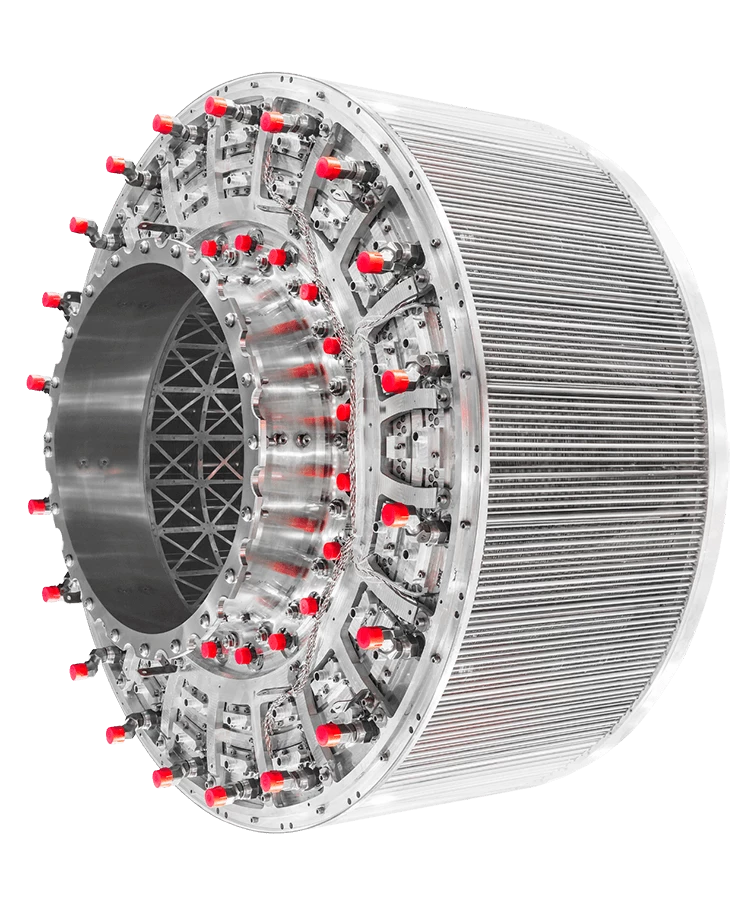The UK's Reaction Engines has started a new test campaign to greatly expand the envelope on its high-mach propulsion technology, hoping to prove it can upgrade current jet engines to be capable of working from takeoff speeds up to Mach 4 and beyond.
The new tests are being done in conjunction with the US Department of Defense and Air Force Research Laboratory, as part of a Foreign Comparative Testing program that the US military uses to identify high-TRL (Technology Readiness Level) technologies that could "rapidly and economically satisfy current and emerging requirements."
The technology in question is the groundbreaking precooler that forms a key part of Reaction's vaunted SABRE, or Synergetic Air Breathing Rocket Engine. The SABRE engine, still under development, is a jet/rocket hybrid that promises to operate as a super-fast jet for hypersonic flight at speeds up to Mach 5 in the atmosphere, and then engage its rockets to accelerate up to Mach 25 "for space access."
These speeds would be completely out of the question without Reaction's extraordinary precooler, a kind of radiator-on-steroids that's charged with the task of taking a hypersonic stream of air, heated to temperatures in excess of 1,000 °C (1,832 °F) by the rude arrival of a Mach 5 aircraft, and chill it down to -150 °C (-302 °F) faster than the blink of an eye, so that it doesn't instantly melt the engine internals as it passes.

Thus, it needs bulk surface area, which it achieves using thousands upon thousands of thin-walled tubes, through which coolant is forced at high pressure, with zero leakage a critical factor. Reaction says it's figured out a way to bond all these cooling tubes to the inlet and outlet manifolds in a single operation that eliminates leaks.
The company successfully tested the precooler up to Mach 5 in ground testing back in 2019, and this new test campaign, to be undertaken in Colorado in the next few weeks, will build upon that work, pushing the air mass flow rate and other test parameters to deliver "a three-fold increase in the total energy transfer through the engine heat exchanger."
From the DoD's perspective, these tests are designed to evaluate whether the precooler could be integrated with other state-of-the-art jet engines, potentially opening up a quick path to higher speeds than they're currently able to handle. “The exciting outcome that I am looking forward to over the coming weeks is the validation that our technology could enable current jet engines to operate from takeoff up through Mach 4 and beyond," said Reaction Engineering Manager Andrew Piotti in a press release.
Source: Reaction Engines





